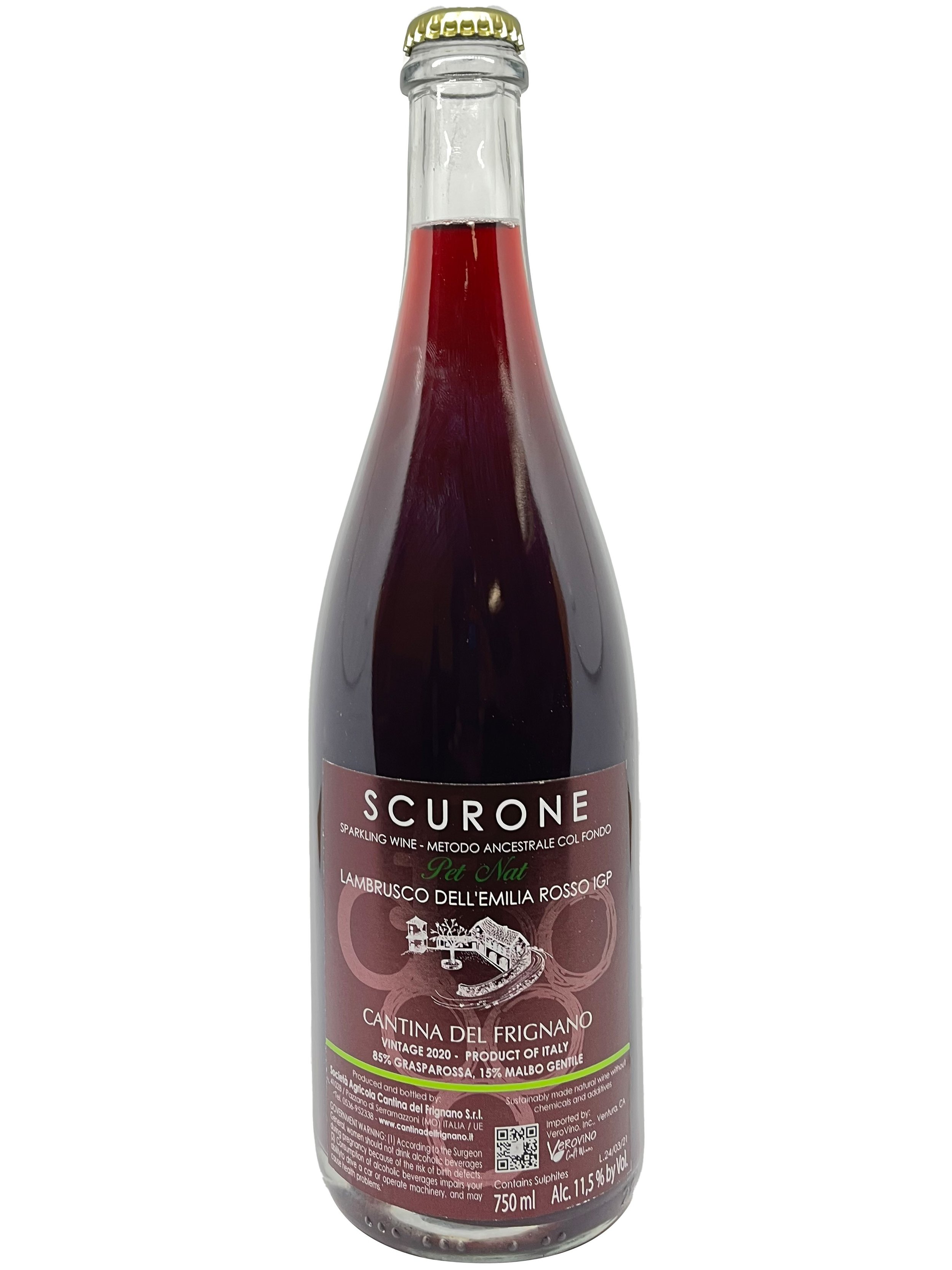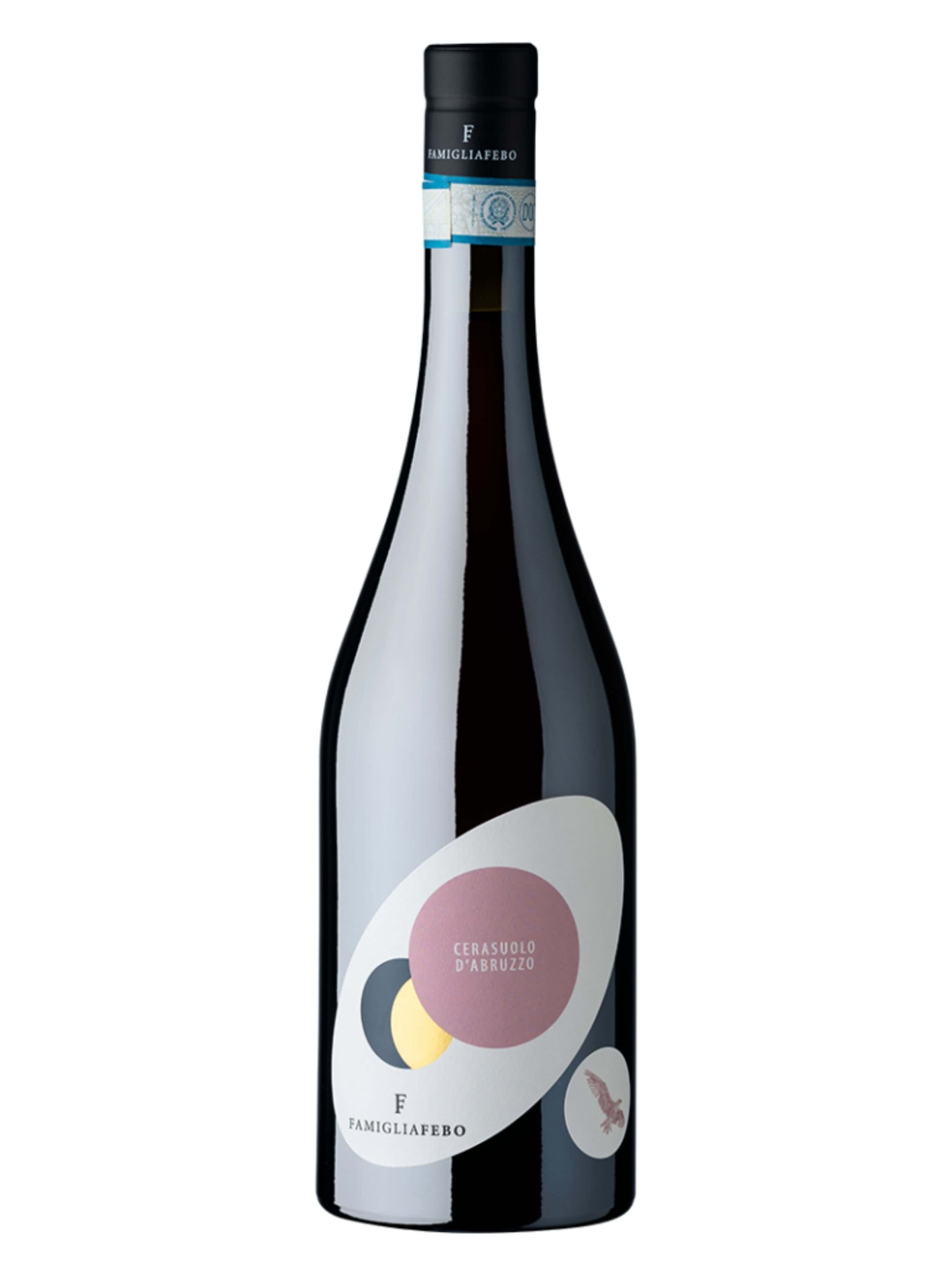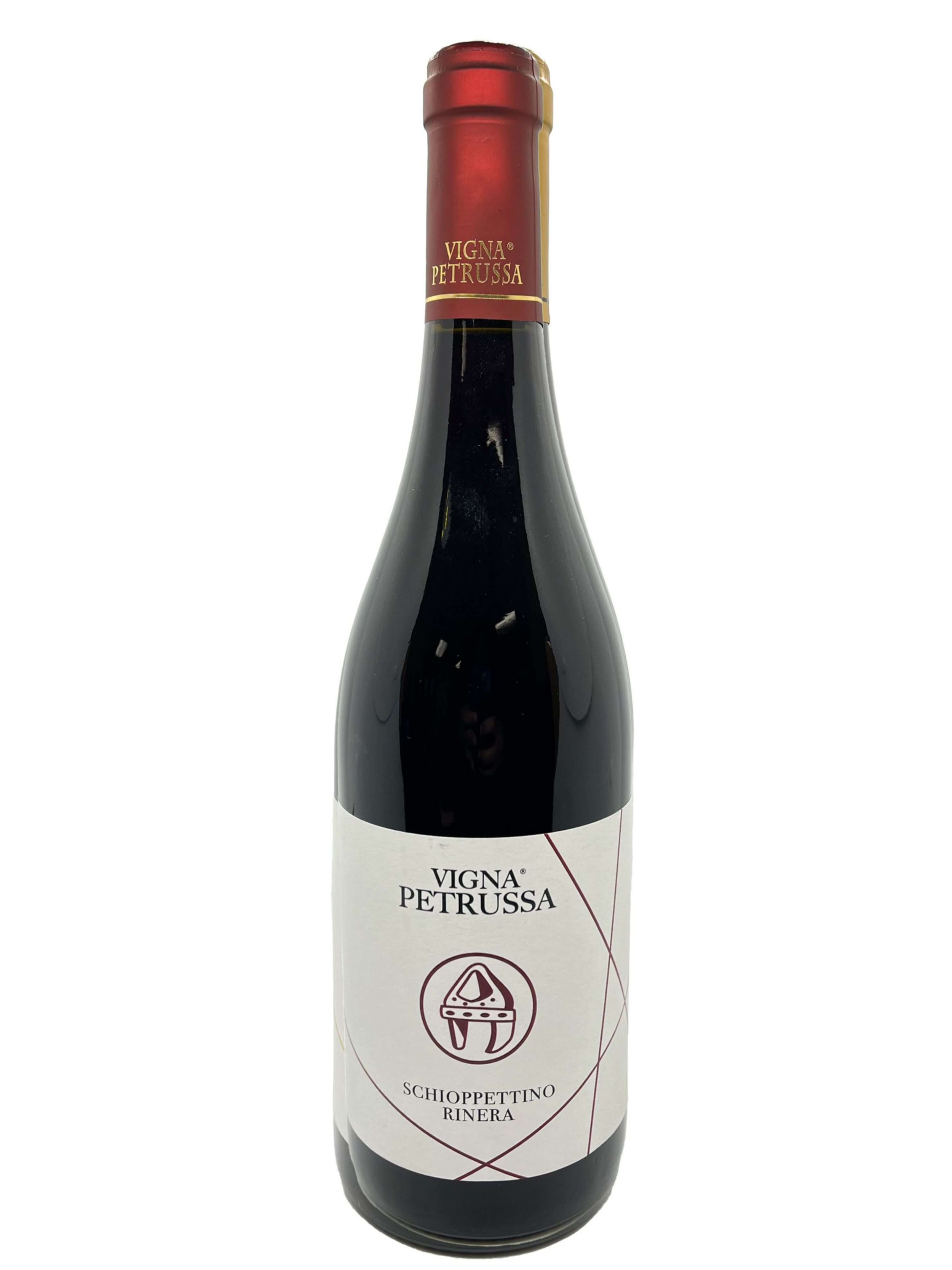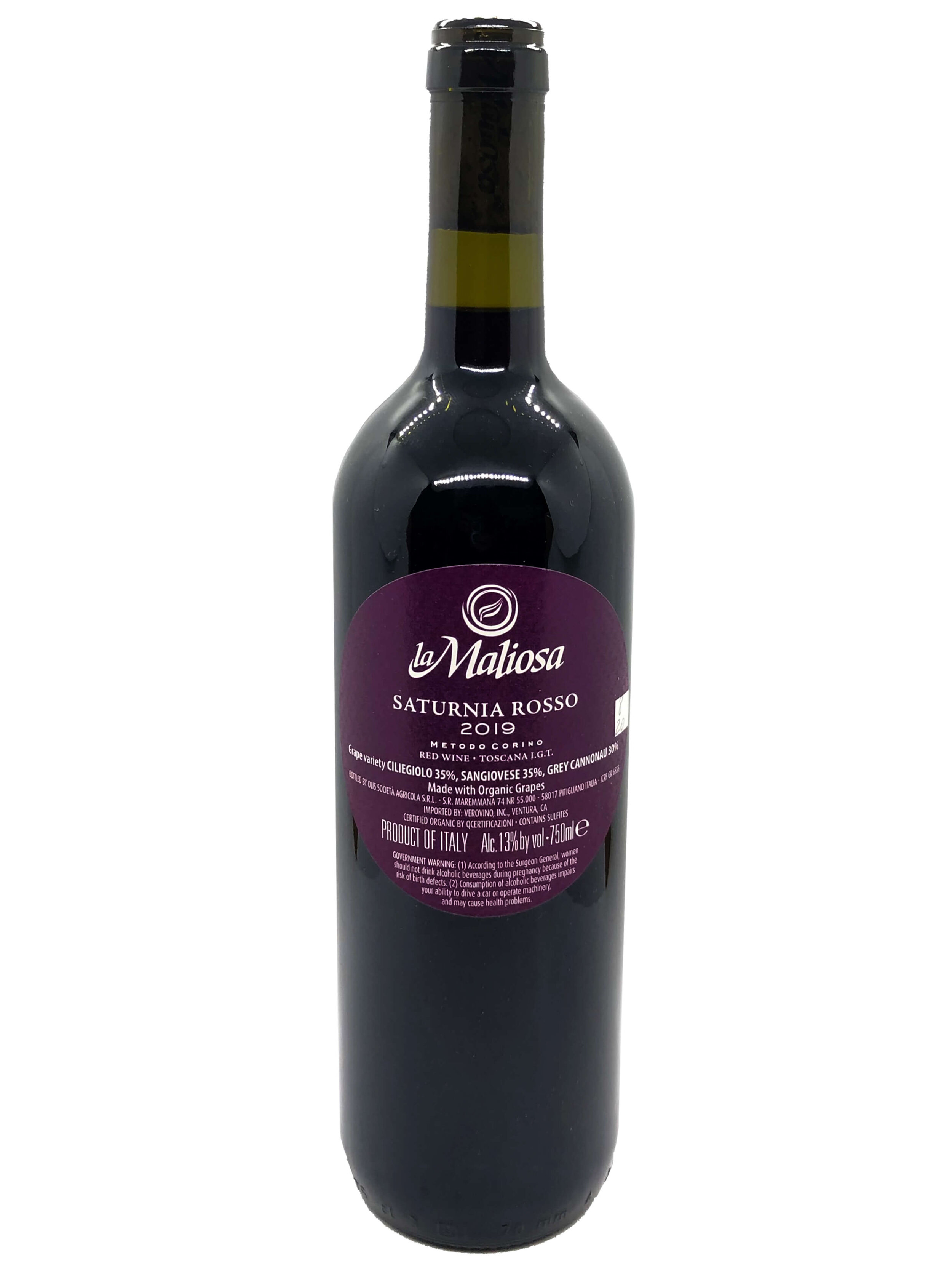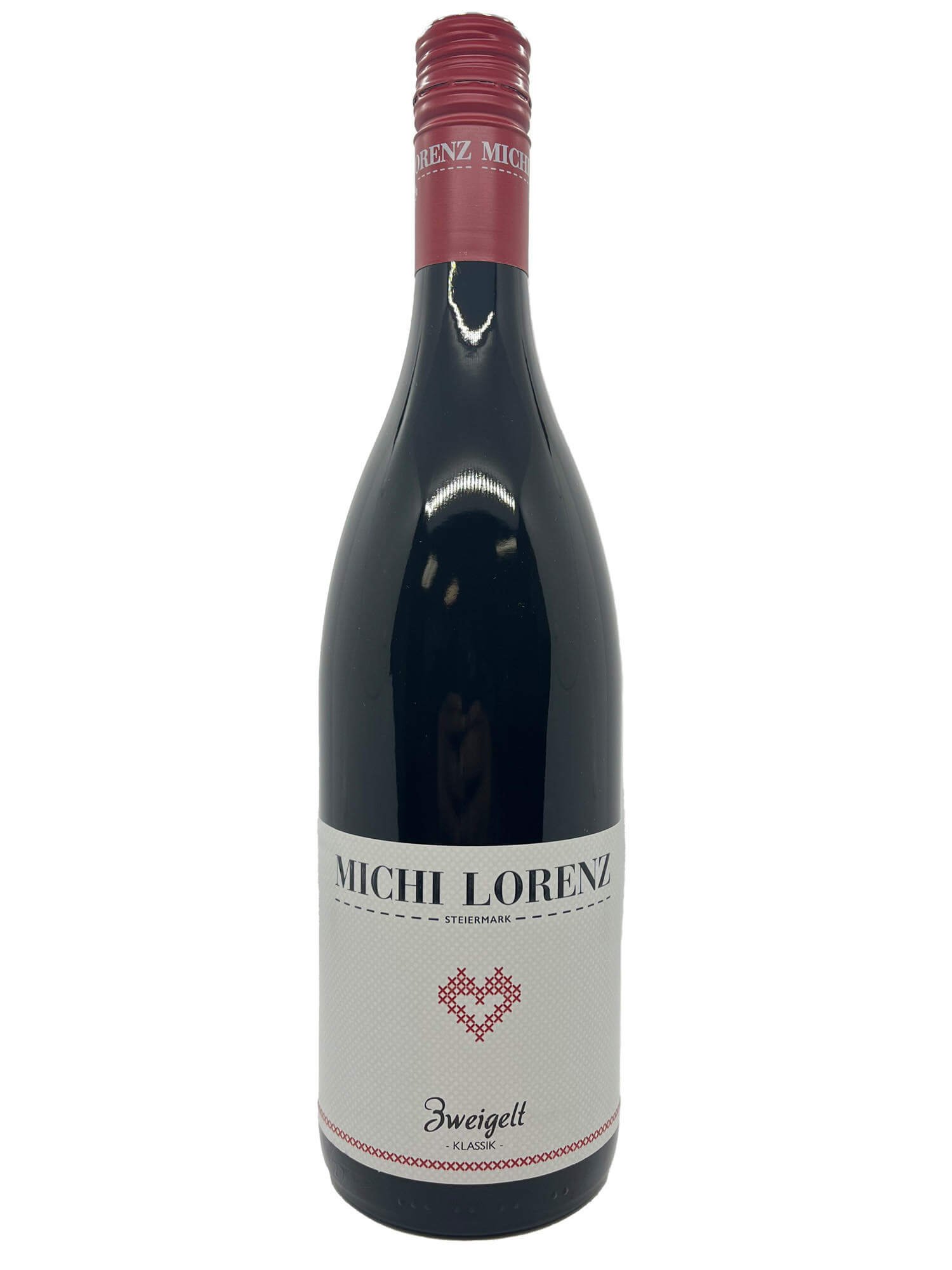For the Love of Pizza
Focaccia is considered the forerunner to pizza as we know it today.
National Pizza Day is coming up, on February 9th. We don’t go too crazy about these sort of fictious observances, as many are clearly clever marketing tricks without much substance behind them. In fact, some are quite absurd like National Dance Like a Chicken Day, Answer Your Cat's Questions Day, you name it! Yet, pizza, certainly deserves a spot in the limelight once a year, don’t you think?
Pizza holds a special place for most of us, whether it’s the taste, the memories surrounding pizza time, or, let’s say, a food vice that won’t leave us, often presenting itself as a craving.
In fact, in a recent poll of America’s favorite foods published last month by Reader’s Digest, pizza is listed twice in the top 50 list of most popular foods in America, with cheese pizza in the 4th spot and pizza margherita in the 46th spot. In another poll, when Americans were asked if they would be willing to face their biggest fear in exchange for a lifetime free supply of a certain type of food, 54% said “I’d do anything to enjoy my favorite foods,” with pizza being the most favorite food that they would “do anything” for. And when school kids were asked to rank their favorite school lunches, guess which food got the top spot: pizza, of course.
Also in Italy pizza is big. Going out for pizza together is unanimously everyone’s happy place.
Want to learn more about what is likely one of your favorite foods? Get a slice of your favorite while you read on…
The History of Pizza
When one guesses where pizza originated, they think Italy. When if you ask an Italian, they would say it started in Naples. Let’s see what the “internet” says…
Naturally, our first go-to source is Wikipedia, which, by the way, is not always correct, as we found out recently while researching Sangiovese (learn more here.) But, lo and behold, bingo, Wikipedia immediately pops up while googling.
It turns out, Naples is the origin of the “modern pizza” as we know it today, and the original pizza is actually focaccia, a flatbread which goes back to the Roman times. Today, you can find focaccia all around Italy, although Genova (or Genoa, the English name of the city), and in the surrounding cities in its region, Liguria, is where the tradition of focaccia is most entrenched. The Genovese eat focaccia all day, starting with breakfast. Their favorite style is plain, made with nothing but flour, water, salt and olive oil, ideally with a natural yeast fermentation. Sometimes focaccia has added sugar, usually sprinkled on top to give it a sweet and salty taste. Of course, the secret to good focaccia is really good olive oil and needing to be super fresh, just baked. Although, just like pizza, various condiments are often placed on top of the focaccia, usually while it is still baking, with vegetables being the primary topping, like onions, tomatoes, eggplant, peppers, olives, etc. More rich focaccia will have cheese, tomato sauce, and also cured meats, like prosciutto, added as topping. Hey, focaccia is beginning to sound a lot like pizza, no?… It is sorta like what we call Sicilian pizza, with much more leavening, more like a bread with toppings, rather than a flat crust pizza that we are more used to.
Then somewhere around the 1800’s Naples started making pizza with a thinner crust. And then in the 40’s, along came the American soldiers towards the end of World War II; the American invasion started in Southern Italy, and soon American soldiers got hooked on “pizza napolitana,” bringing home their pizza mania, and the rest is history.
Basics of Making a Pizza
Pizzerias are so commonplace that we often don’t think about making our own at home. But, actually, it’s pretty easy to do, if you put a little bit of effort in, and it is fun, convenient and satisfying, not having to coordinate a delivery or make an errand to pick it up, when it also can get cold in the meantime. As you could imagine, making pizza in Italy is an art: leave it to the Italians to have a word for someone who is an expert at making pizza, which is pizzaiolo, pronounced “pizz-eye-olo”, or pizza man as we often say. Curious to make a pizza on your own? Here are the basics:
Pizza Dough
Given the base being dough, you have the option to buy ready made dough or make your own from starter yeast. If you are adventurous, and want to make your own pizza dough recipe, you need a starter yeast. You have the option to make your own mother dough yeast using a natural fermentation process. This allows for a more flavorful and nutritious pizza dough, which, by the way, could be used to make other types of breads too. This is actually just like a sourdough starter recipe!
Extra virgin olive oil is a key ingredient in pizza dough recipe, while making the pizza, as well as drizzling on top of pizza right before you eat it.
After you have the starter yeast, you can follow a pizza dough recipe that will ask for flour, water, extra virgin olive, salt and sugar, in addition to the starter yeast, of course. Once you mix the ingredients together, knead it for 5-10 minutes, and then let it sit for 2 hours in a warm place covered with a damp cloth. After which, you can have fun working with the dough and creating a shape that you’d like, like a real pizzaiolo.
Creating the Pizza Pie
So you got your dough (make sure it is room temperature, by the way!) Spread it out on a pan, rectangular or circular, as you prefer. Then, assuming you want a tomato and cheese pizza, take plain tomato sauce, add crushed garlic, a pinch of salt, a drizzle of EVOO and some of your favorite herbs (like basil, oregano) and perhaps some chili powder. Mix it up, make sure you taste it to see if the seasonings are “just right”. Then with a spoon or ladle, spread it over the pizza dough laid out.
Then comes the fun part: to innovate and create your own pizza creation. This is also handy to use up fresh ingredients that you have in your fridge. Of course, a classic choice is to start with mozzarella cheese, preferably a fresh ball of it that you crumble into pieces over the tomato sauce. Then add whatever inspires you, like fresh chopped onions, sliced olives, perhaps some grilled eggplant. Before popping it into the oven, which, by the way, needs to be super hot, like 500 degrees F, drizzle some more extra virgin olive oil on top for a pizza bella.
Once it’s in the oven check after 10 minutes to see if it is done. Keep baking depending on how well done you like your pizza.
Make sure it is served piping hot, and drizzle some more EVOO on top for a bit more taste and texture.
Secrets from a Real Italian Pizzaiolo
The trick to kneading dough is to use your fingertips, not your whole hands, as Federico Tubertini demonstrates here.
We have an “in” with our founder’s husband, Federico Tubertini, who ran his family’s 3 generation bakery in Bologna Italy. Sure, Bologna is not known for pizza nor focaccia, but that does not mean that it’s not a popular food there. The Bolognesi would go out of their way to get his freshly made pizza from scratch, so you could call him a pizza chef of sorts.
We ran by him the steps we outlined above to see if there is some trick that we left out to make a really good pizza. Here is what we learned:
Recipes Vary By What Type of Pizza You Want
The first question out of his mouth when we asked him about making pizza, was what kind of pizza are we referring to.
Not surprisingly, with the diversity of subcultures across Italy, almost every city has its own traditional way of making a pizza. The main differentiator between pizzas as you travel across Italy is the way the dough is made. In Bologna, for example, the pizza dough is denser and more crunchy, more similar to a focaccia, and is also made in rectangular forms and cut into squares, pizza al taglio, or sliced pizza. While Naples style pizza, which, of course, is traditionally round shaped, uses a different recipe than Bolognese pizza dough, which requires less kneading but more time to leaven, up to 24 hours, resulting in a softer dough. When cooked, Napolitano pizza crust has small bubbles formed inside of it and is lighter pizza crust than Bolognese style pizza.
Tips for When Kneading Dough
When needing pizza dough, or any bread dough for that matter, you want to knead with your fingertips as much as possible. The less you touch the dough with your entire hands, the better. Also, be careful of using too much flour. You want to use just enough flour to prevent the dough from sticking to your hands.
Can You Make Your Own Mother Yeast?
Yes, although it is an involved process, requiring very careful calculations of portions of ingredients. Then once it is made you need to cook with it right away, or put in the freezer, otherwise you could wind up throwing out a lot of your natural yeast starter for making pizza dough / bread.
Just like when you create a sourdough starter, the basic ingredients are water and flour, and then you need an ingredient to activate the fermentation, which could simply be a piece of ripe fruit. It will start to ferment, and you want to keep it covered, and after a day or two you add more water and flour, making sure that the proportions are correct. After it is made, you need to use it right away or else it goes to waste. This is way many people just buy pre-made bakers’ yeast. But if you want to give it a shot, we snagged the secret recipe for making a sourdough starter for pizza or mother yeast recipe from Panificio Tubertini, a 3 generation old Bolognese bakery . Check out the recipe below!
Pizza and Wine Pairing
For our dedicated blog followers, you must have at least some experience with wine and food pairing. After all, we’ve written six articles on the subject, like this one which gives you the nuts and bolts.
Pizza and Lambrusco is a great go-to pairing.
In general, you should choose a wine that has a bit of “everything,” some acidity, some fruit, some intensity. Think of the flavors in the pizza, considering also the toppings that it has. You want the “strongness” of the flavors and texture of the pizza to match best as possible the wine. The one characteristic of a wine that you should avoid when pairing with a pizza is tannins, so choose your reds wines to pair with carefully.
If it is a pizza margherita, a white wine is a good choice, however you’d want a white wine with more flavor intensity. A good pick is a Lugana White Wine or an unoaked Chardonnay.
If you have meat toppings on your pizza, like sausage or salami, a red wine would be a good pairing candidate. An unoaked Italian Dolcetto red wine is a good candidate, like this one by Aldo Clerico, made from the place, Dogliani in the Langhe, that is known for producing the best Dolcetto in the world. Or you can try this unoaked Schioppettino red wine from women owned winery Vigna Petrussa. Schioppettino is a red grape with higher acidity and lower tannins which would pair nicely with pizza. Another good meat pizza red wine pairing which is also made by a woman winemaker is La Maliosa’s Saturnia Rosso Tuscan red blend organic wine. Another option, that actually is not an Italian wine, is Zweigelt, like this natural wine made by biodynamic winery Michi Lorenz in South Styria Austria.
Then, independent of what toppings you have on your pizza, these wines are great go-tos for a pizza party since they pretty much pair with any pizza: a Lambrusco dry red sparkling wine, like this organic Pet Nat Lambrusco from Modena province made from Lambrusco Grasparossa and Malbo Gentile grapes, or this Pet Nat natural wine from Mantova made from Lambrusco Salamino grape. Last but not least, a must have for pizza pairing is a Cerasuolo d’Abruzzo, like this one from Febo making natural wines in Abruzzo. While technically it is a rose, the Montepulciano grape that it is made from is so full of color and structure that it is more like drinking a chillable red wine.
And don’t forget to have a really good organic EVOO on hand, like the Italian olive oil we import in from our small Italian winery producers.
We import and sell all of these delicious small production wines and olive oils. We sell them to businesses and consumers across the US. Whether you a distributor, wine store, restaurant or wine loving consumer, reach out to us to purchase or you can also purchase online here. We have an award winning wine club too that you should try!
If you have any questions about making a pizza, or foods pairings, pop your question into the chat below and we’ll get back to you.
Lievito Madre - Mother Yeast
Ingredients
2 kg All Purpose Flour (divided in 500g batches)
680-800 grams Water (in 170-200g batches)
1 spoon activator (Honey, Sugar, or piece of fruit)
Procedure
1. Mix 500 grams of flour, 170-200 grams water and the spoonful of activator together and leave covered in a warm dark place.
2. After 24 hours, add another 500 grams flour and 170-200 grams water and mix well. Repeat this a total of three times.
3. After 24 hours of your last addition, wait to see if it has grown in size since the last addition. If so, it is ready to be used. Use it in doughs replacing 2-7% of the total dough weight with the yeast, depending on desired flavor and rising power needed (i.e. if you are making 1kg of dough or batter, use 50 grams for 5%).
4. Storage: It can be frozen, or if left in the fridge it will need to be “refreshed” or “fed” every 24-48 hours by adding half of its weight in equal parts flour and water, mixing well and replacing in a well washed sealed jar. It can be used about 4-6 hours (or after doubling in size) after the feeding. (i.e. if you have 1 kg starter yeast, add 250 grams flour and 250 grams water).






